The cross sections of the members of aschelminthes are circular, and hence are called round worms.
Habitat: Most of them are aquatic. They may be free-living or parasitic on plants and animals.
Examples:
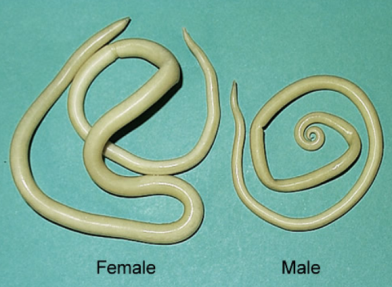
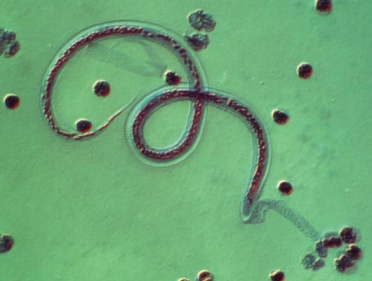
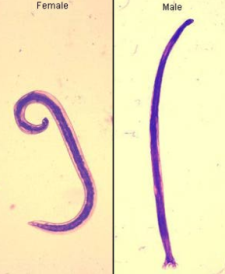
Ascaris (Roundworm) Wuchereria (Filaria worm) Ancylostoma (Hookworm).
Body plan: They have a tube-within-tube plan and organ-system level of body organization.
Symmetry: The animals are bilaterally symmetrical.
Germ layer: They are triploblastic and pseudocoelomate animals.
Body characteristics: The body ribbon-shaped, and is covered by a thick cuticle.
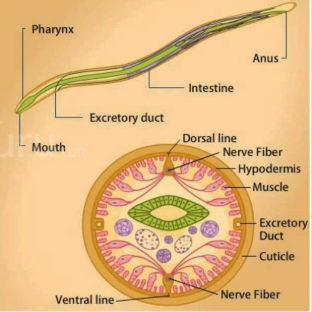
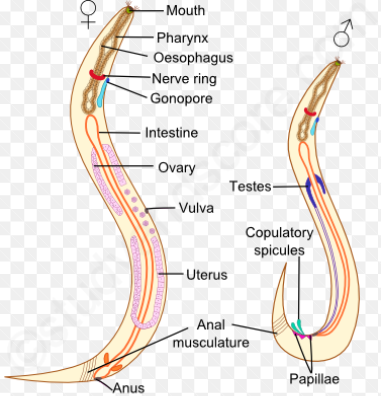
Physiology:
- Respiratory and circulatory systems are absent.
- Digestive system is well developed.
- Alimentay canal has a mascular pharynx.
- The excretory organ is the protonephridia.
Reproduction: The members are hermaphrodites. There is sexual dimorphism. Females are larger than males.
Embryo Development: Fertilization is internal, and the development can be direct or indirect.